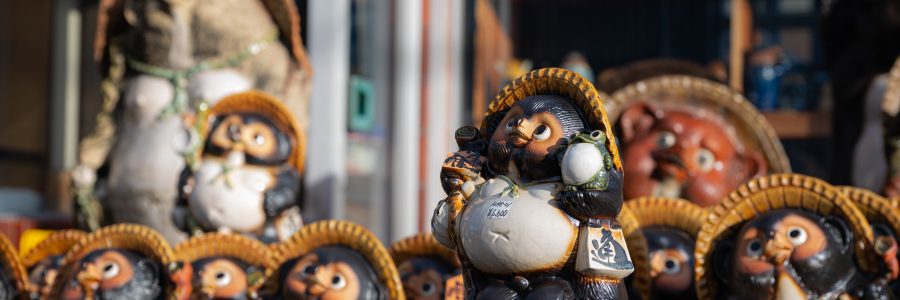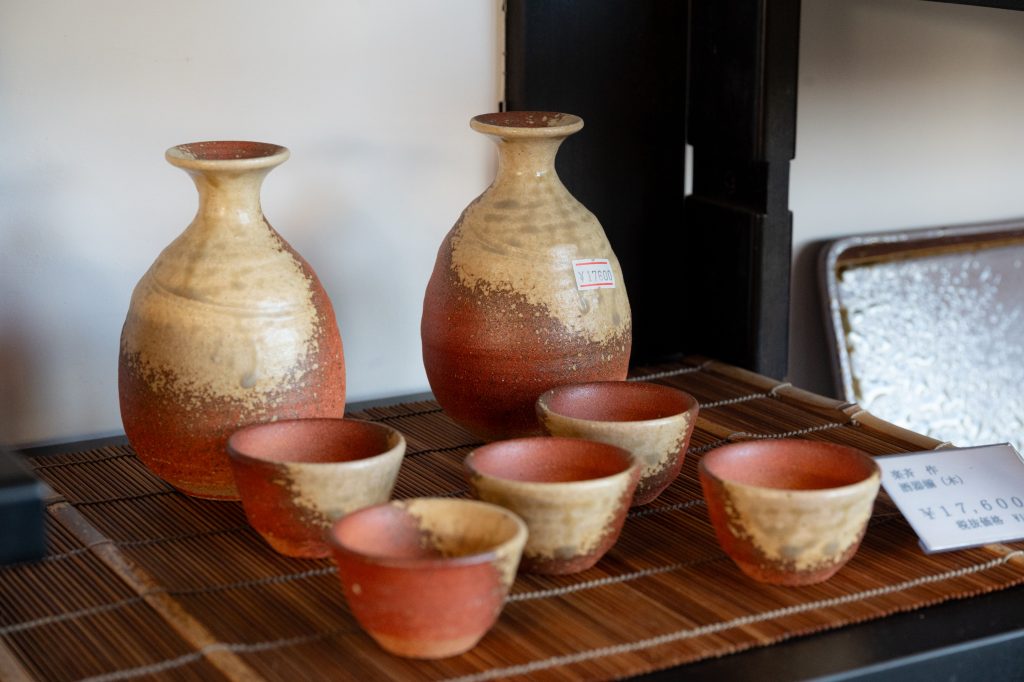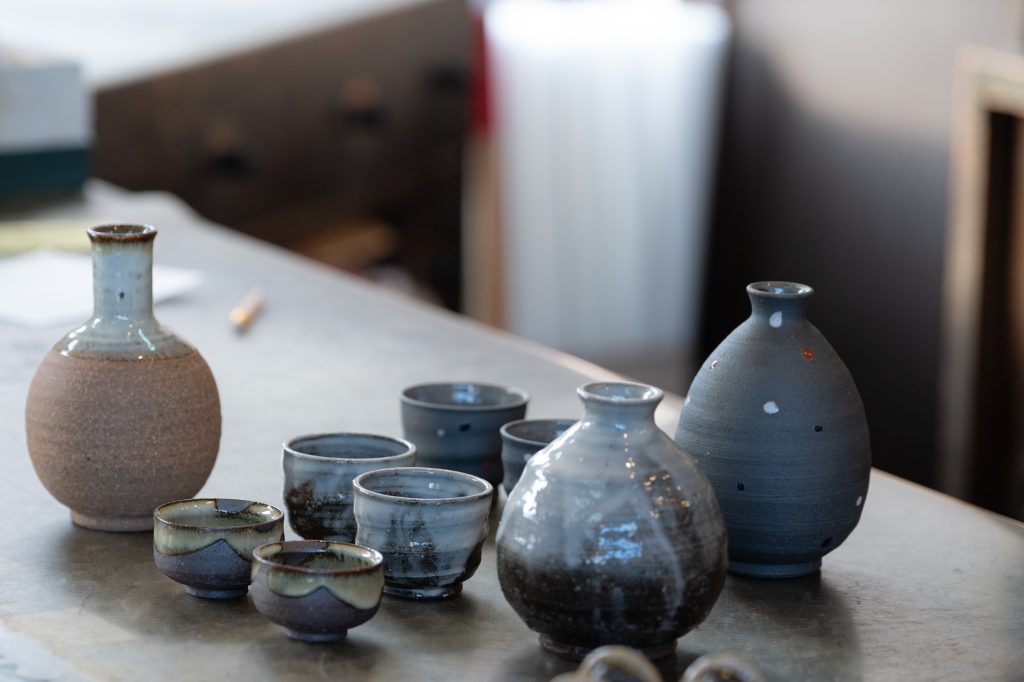
What is Shigaraki ware?
Historical background of Shigaraki ware
First, Shigaraki is said to have begun in the mid Kamakura period according to the Crafts Department.
From the perspective of ancient Japanese history, Shigaraki was an ideal site for the construction of the Shikaraku Palace because it was located in the center of the Kinki region, which had flourished as the center of Japanese culture under the influence of Korean culture, was a major road in ancient times, and had plenty of soil suitable for pottery.
Medieval to Early Modern
Muromachi and Azuchi-Momoyama periods, tea ceramics flourished, and in the Edo period (1603-1867), production of tea pots flourished, and with the development of commerce, daily sundries began to be produced.
Modern times
Meiji period (1868-1912), glazes were researched and brazier production flourished, and until the early 1950s, braziers were the main products of the region.
In recent years
A wide variety of products have been produced, including umbrella stands, tiles, garden article, tableware, and figurines.
Among these, the “raccoon dog” figurine is so famous that it has become synonymous with Shigaraki.
Characteristics of Shigaraki ware
Shigaraki is characterized by its fire resistance and coarse clay.
The combination of the potter’s clay with wood-bonded clay gives it plasticity and strength, making it ideal for making large or thick-walled objects.

Fire (Scarlet)
First it refers to the color of pottery that has developed a faint red hue through firing.
The color changes slightly depending on the humidity, firing method, and other factors.
Such changes, which cannot be controlled by human hands, are called “kiln tinge.
Scorch
Second firewood burned out in climbing kilns and anagama kilns turns to ash, which accumulates in the kiln. When pottery is placed in an area where this ash accumulates, the bottom of the pottery is buried in the ash, and a dark brown color appears in this area, which is called charring.
Additionally the rusty coloring of this charring is highly prized in tea ceremony ceramics.
Feldspar
Third Shigaraki clay is of high quality and contains a large amount of feldspar, which gives Shigaraki ware a unique appearance of milky-white specks caused by the dissolution of coarse feldspar grains in the clay that is not hydrofiltrated.
This type of clay surface is one of the characteristics of Shigaraki ware.

The products by https://www.hechimon.com/
For any inquiries about our products in Japan, please contact us here.